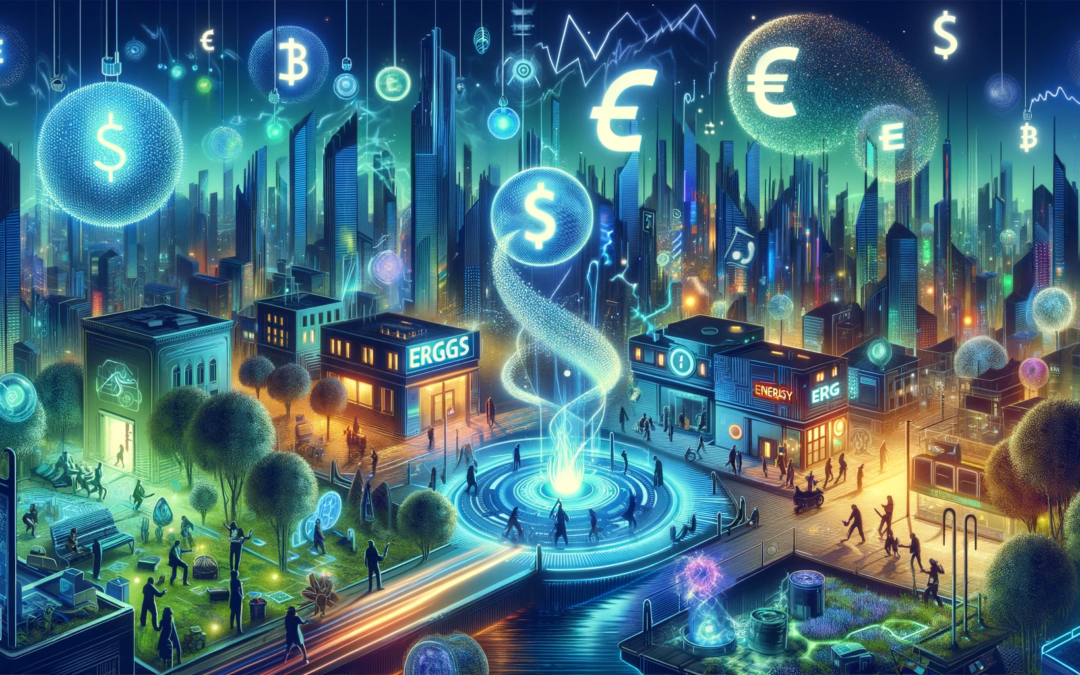The Genesis of Ergs: A Currency Powered by Energy
In a world increasingly focused on sustainable practices and energy efficiency, a revolutionary idea has emerged from the minds of forward-thinking technocrats. They propose replacing traditional currency, the dollar, with a new form of energy credits known as “Ergs.” This 1500-word article explores the rationale, implications, and potential challenges of this transformative concept.
Rationale: Why Replace Dollars with Energy Credits?
The primary argument for Ergs over dollars is the direct correlation between energy and economic activity. In an energy-centric economy, every transaction directly reflects the energy expended or conserved. This paradigm shift emphasizes sustainability, rewarding energy-efficient practices and technologies.
The Mechanics of Erg-Based Economy
In an Erg-based economy, transactions would no longer be about the exchange of paper or digital representations of value (like dollars). Instead, they would be about the transfer of energy credits. This could involve direct energy transfers for goods and services or the use of energy credits stored in digital wallets, similar to cryptocurrency.
Advantages of Ergs
Sustainability Incentive: Using Ergs inherently promotes sustainable practices. Energy-efficient companies and technologies would gain a natural advantage in the market.
Transparency and Efficiency: With Ergs, the true energy cost of products and services becomes transparent, encouraging more efficient use of resources.
Global Standardization: Energy is a universal metric, which could lead to more straightforward global trade without the complexities of currency exchange rates.
Challenges and Concerns
Implementation Hurdles: Transitioning from a dollar-based to an Erg-based economy would be a monumental task, involving complex adjustments in financial systems worldwide.
Energy Inequality: There’s a risk that such a system could exacerbate global inequalities, as regions with abundant energy resources could dominate economically.
Technological Limitations: Accurately measuring and tracking energy usage and credits on a large scale poses significant technological challenges.
Case Studies and Trials
The concept of Ergs is not purely theoretical. Some small-scale experiments and theoretical models have shown how an energy-based economy might function. For instance, a pilot project in a sustainable living community could use Ergs to trade goods and services, providing valuable insights into the practicalities of such a system.
Future Implications: A World Driven by Energy Credits
The adoption of Ergs could lead to a radical reimagining of global economies. It might accelerate the transition to renewable energy sources, as these would become directly tied to economic power. Moreover, it could spur innovation in energy storage and conservation technologies.
Conclusion: A Currency for the Future?
The proposal to replace dollars with energy credits, while ambitious and fraught with challenges, opens a fascinating dialogue about the future of our economy and our planet. Ergs, as a concept, challenges us to rethink the very foundations of economic value, placing energy and sustainability at the forefront.










